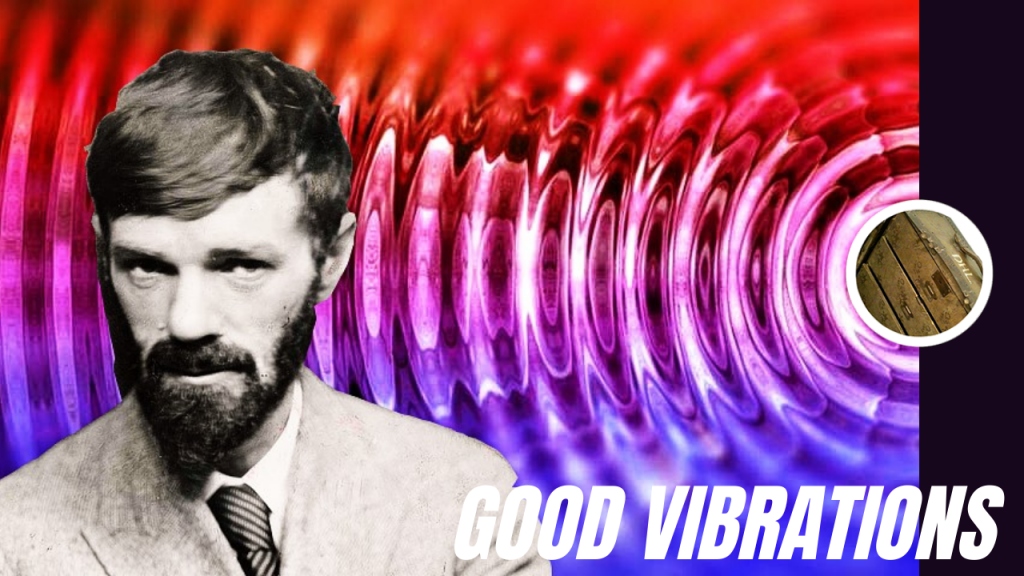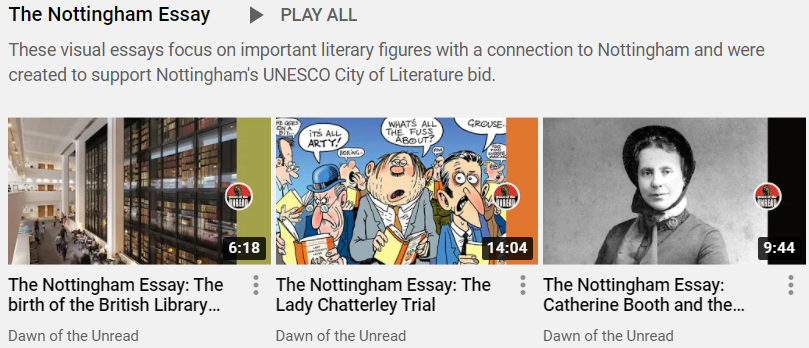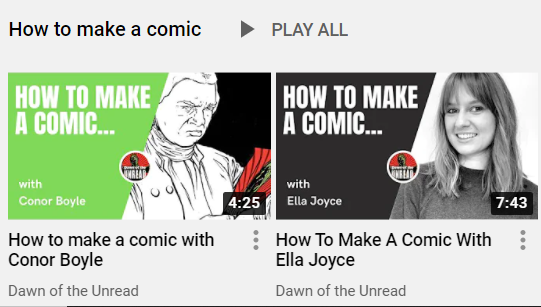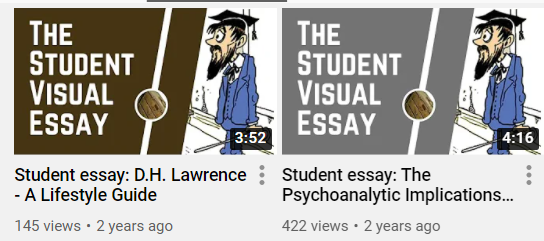
I became a digital convert in 2013 when putting together The Sillitoe Trail for arts and media platform The Space. At the time I had no social media profiles, lugged a physical diary around with me, and thought YouTube was home to farting cats and people who wished they’d been on Jack Ass.
Part of The Space commission required us to make content available in multiple forms and accessible across media platform. In short, I had to buy a smartphone which in turn led to recording meetings in Google calendar and creating a Twitter account (hence @TheSpaceLathe).
Having no idea about social media I paid other people to manage this for me. This is one reason why The Sillitoe Trail does not have a bespoke YouTube channel. Fast forward eight years and I now manage numerous Instagram, YouTube and Twitter accounts for subsequent projects and have a deeper understanding of the identity of a project and how it operates at a transmedia level. All of which leads me to the point of this blog: A digital spring clean.
I’ve spent three days rebranding all of the YouTube videos for Dawn of the Unread and the D.H. Lawrence Memory Theatre. To do this, I first completed some training on LinkedIn (which I can access for free via Nottingham Trent University) about managing a YouTube channel. This typically involved adding contact details to the profile, changing thumbnails, and creating playlists.


Dawn of the Unread currently has 63 YouTube videos and some of these have specific themes: ‘The Nottingham Essay’ series explores key literary figures and was originally created to support Nottingham’s bid to become a UNESCO City of Literature in 2015. The ‘How to Create a Comic’ series features artists from our graphic novel doing everything the title suggests. The D.H. Lawrence YouTube channel has 33 videos and now includes a playlist for ‘The Student Essay’ whereby students produce a short five-minute insight into an aspect of Lawrence’s life as part of their dissertation.

There’s so much content online it’s really important that producers curate this to signpost readers to relevant stuff. Yes, there are marketing benefits in the sense that themed playlists can encourage binging on samey content. But a more important motivation is professionalism.
Another fantastic tool in my digital spring clean was the discovery of Canva – a graphic design platform with user friendly templates for all social media platforms. It uses a simple drag and drop function and is pretty easy to get your head around. But I did a bit more Linkedin training in Canva and graphic design before making my changes. Now all of the thumbnails include the project logo and one block of colour. It looks pretty. It directs readers to specific content. It suggests professionalism.
Important lessons to learn from this
- Social media encourages instantaneous reactions to culture. Work uploaded is often guttural and raw. But the age of amateurism is over. There are so many tools available now that there’s an expectation of better production values.
- You have to constantly upskill and retrain because digital doesn’t sit still. And why wouldn’t you want to learn new skills?
- Now that everyone can upload content, we need people who can curate and bring order to the noise.
- When you’re a creative producer you fall in love with ideas and jump and bounce from one project to the next. But being disciplined and making time to go back and perfect work is vital.
